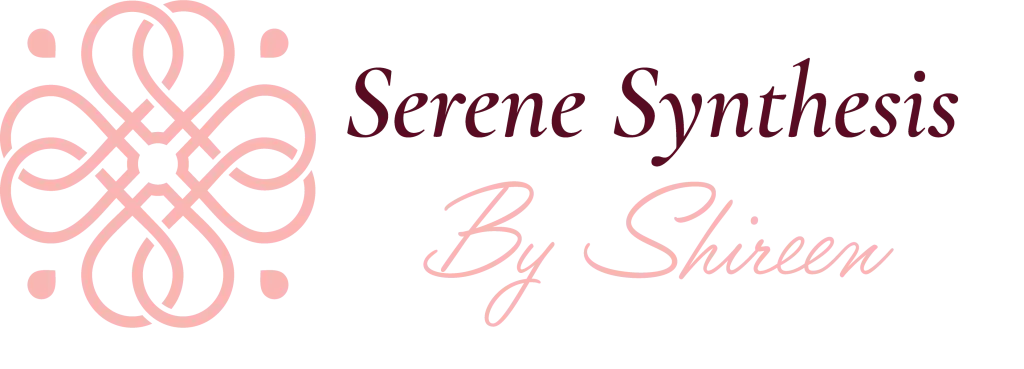Leadership doesn’t start with a title.
It begins in the mind — quietly, often without applause — when a person starts thinking beyond their own role, and begins seeing the whole system.
No memo announces this shift. No one tells you it’s begun.But you feel it.
You start noticing patterns.You consider how your choices ripple across the team. You pause before reacting — not out of fear, but out of awareness.
This is the invisible promotion: The psychological shift that precedes any formal step up.
What’s Actually Happening in This Phase?
From a behavioural science perspective, this invisible shift isn’t just intuition — it’s neurocognitive.
You’re transitioning from task orientation to systems thinking.
From self-concept as a doer to identity as an influence agent.
And that shift is rarely comfortable.
What looks like “readiness” from the outside often feels like dissonance from the inside.
You know you’re evolving, but your environment hasn’t quite caught up.
And that tension — between who you are becoming and how others still see you — is a space where many emerging leaders get stuck.
The Real Inner Shift: From Control to Influence
The invisible promotion is less about managing others, and more about mastering your own inner world.
You begin asking different questions:
- Not “What should I do?” but “What does this system need from me right now?”
- Not “How do I prove myself?” but “How do I expand the way others think?”
You move from control to influence. From visibility to impact. From approval-seeking to meaning-making.
It’s not glamorous. It’s often lonely. Because in many ways, you’re no longer fully part of the peer group you once fit into — and not yet in the rooms where strategic decisions are made.
But this middle ground is crucial. It’s where leadership identity is forged.
Why This Isn’t Just a “Nice to Have” — It’s Neurologically Foundational
Neuroscience tells us that identity change happens before behavioural change becomes consistent.
In leadership, the brain starts rehearsing responsibility, empathy, complexity — before we’re ever officially given the reins.
This is neuroplasticity in motion:
Your cognitive map is reshaping itself to manage ambiguity, risk, and people — not just tasks.
And yet, most organizations only begin investing in people once they’re “on the org chart.”
By then, the cost of poor integration or imposter syndrome is often much higher.
Executive Coaching Should Begin Here — Not After the Promotion
In reality, this is when coaching is most valuable.
Not as a post-promotion perk, but as a preparation for psychological expansion.
Because the invisible promotion is not just a change in responsibility — it’s a shift in identity.
And identity change requires reflection, feedback, and safe but challenging spaces.
A good coach doesn’t just help you lead better.
They help you decode the invisible — so you can step into new ways of thinking with clarity, not confusion.
If You’re in This Space — You’re Not Alone
If you find yourself speaking up more, thinking longer-term, noticing emotional undercurrents, mentoring others without being asked — you’re already moving.
Even if your role hasn’t changed, you have.That’s not premature. It’s not arrogant. It’s a sign of evolution.
You’ve begun leading from within.And that’s always where it starts.
Final Reflection
Leadership is not a switch that flips the moment your email signature updates.
It’s a process of internal rewiring — slow, invisible, and essential.
If you’re in the middle of that quiet becoming: Honor it. Stay with it. Find the support that matches your depth.
Because by the time the world sees you as a leader,you’ll already be one. To dive deeper into leadership identity and mindset shifts, you might also find value in our blog, ‘The Last Human Advantage: Why Soft Skills Aren’t Optional in the Age of AI.


